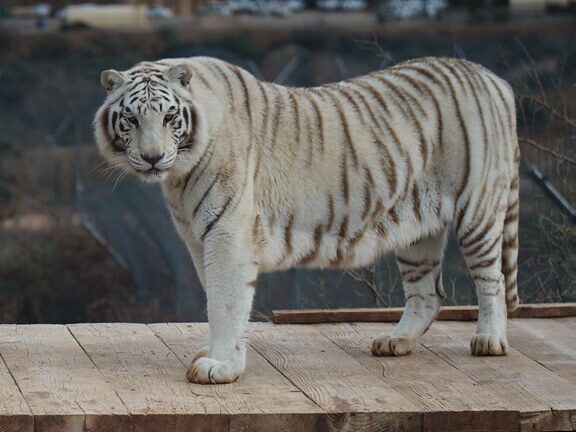
The United States is home to diverse wildlife, from beautiful animals to some that are downright deadly. While nature is beautiful, it can also be unforgiving, especially in states where dangerous animals live. Here’s a look at 15 states where you’re most likely to encounter wildlife that bites, stings, or attacks. Proceed with caution!
Alaska
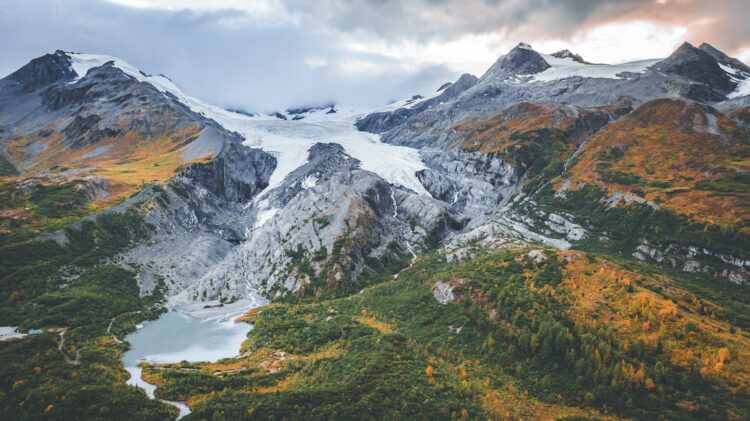
Alaska is home to some of the most fearsome predators in North America. Grizzly bears, black bears, and polar bears roam the vast wilderness, often crossing paths with hikers and campers. Moose, while not predatory, can be incredibly aggressive, especially during mating season. The state’s cold waters also host killer whales and great white sharks, making Alaska a hotspot for dangerous encounters on land and sea.
Florida
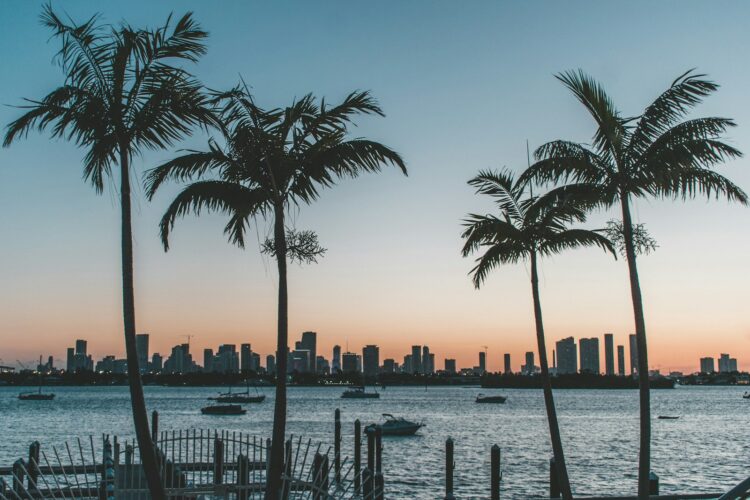
Florida is famous for its alligators, which can be found in almost every body of freshwater. These ancient reptiles are known to venture into neighborhoods, making them a common sight in backyards and on golf courses. The Sunshine State also has venomous snakes like the eastern diamondback rattlesnake and the cottonmouth. Also, don’t forget about the invasive Burmese pythons slithering through the Everglades, or the sharks lurking off its coasts.
Texas
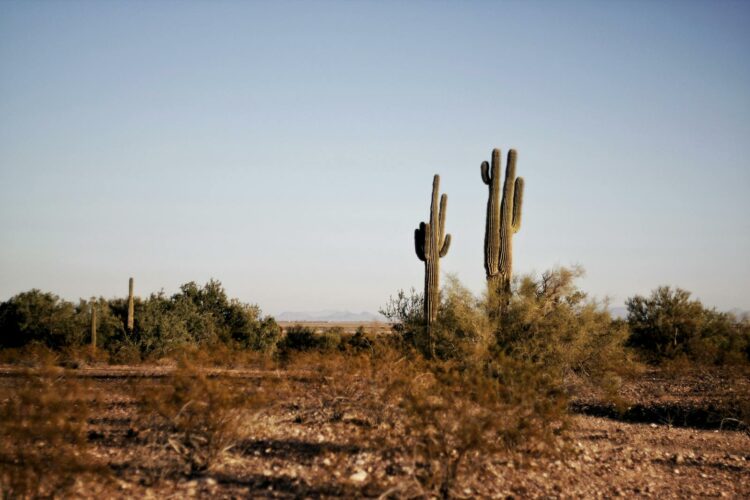
Everything’s bigger in Texas, including the wildlife. The state is home to venomous snakes like rattlesnakes, copperheads, and coral snakes. Feral hogs, which can weigh over 200 pounds, have become increasingly aggressive and are known to charge at humans. In the Gulf of Mexico, sharks and stingrays pose a risk to beachgoers, while coyotes and mountain lions roam the more remote areas.
Arizona
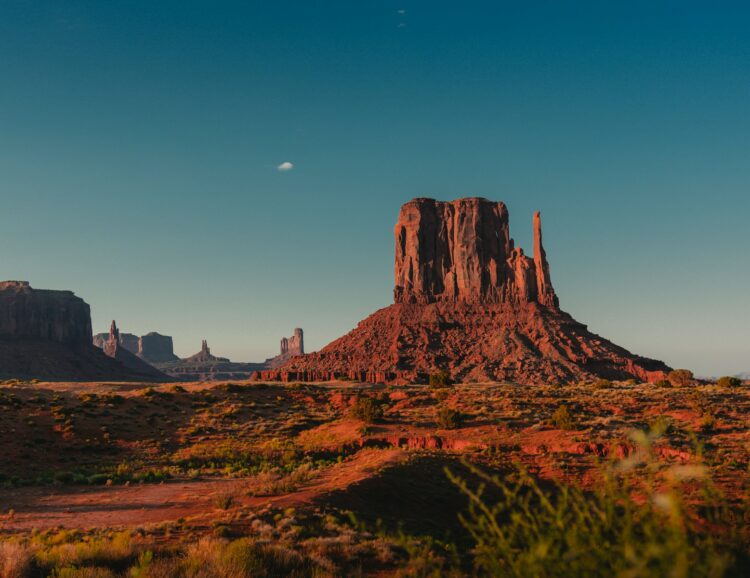
Arizona’s desert landscape is as dangerous as it is beautiful. Rattlesnakes are a common sight, especially during the warmer months. The state is also home to the Gila monster, one of only a few venomous lizards in the world. Scorpions, particularly the Arizona bark scorpion, pose a significant threat, with stings that can be fatal to the young, elderly, or those with allergies. Also, watch for mountain lions and black bears in the more rugged areas.
California

California’s diverse landscapes mean a variety of dangerous wildlife. Mountain lions are perhaps the most feared, often spotted in suburban areas where they occasionally attack pets and people. The state also has a high population of rattlesnakes, especially in the southern and central regions. Offshore, great white sharks patrol the waters, making surfers and swimmers wary. Black bears and coyotes are also common, with bears sometimes wandering into populated areas.
Montana
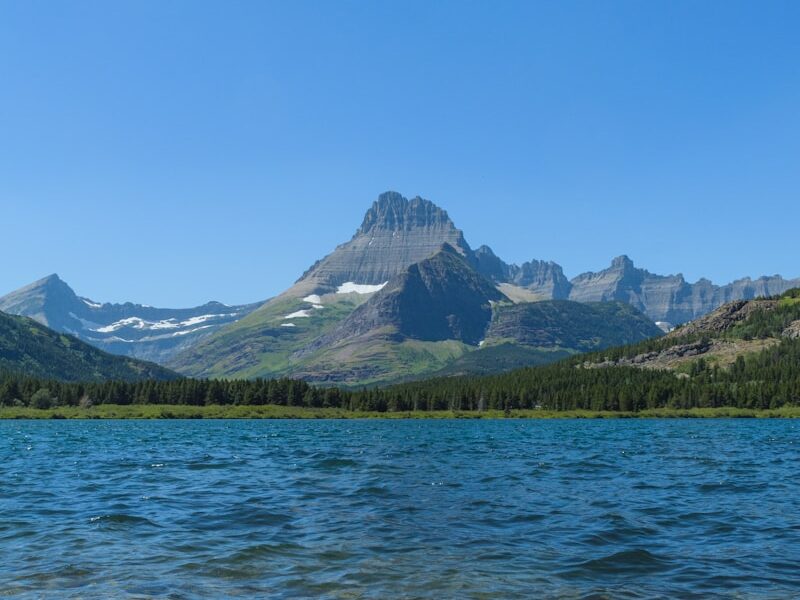
Montana is a bear country, home to both grizzly bears and black bears. These powerful animals can be highly aggressive, particularly when protecting their young or food sources. The state’s rivers and lakes are home to dangerous species like the northern pike, known for its sharp teeth and aggressive nature. Elk, while typically peaceful, can become aggressive during rutting season, posing a threat to anyone who gets too close.
Wyoming
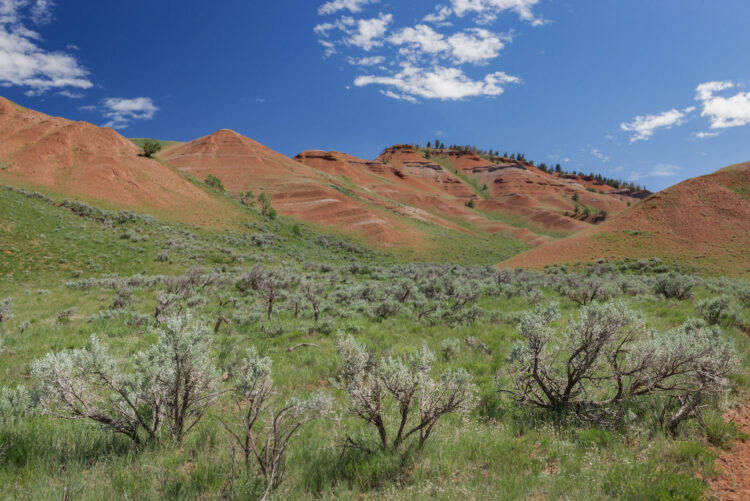
In Wyoming, grizzly bears are the top predators, especially in Yellowstone National Park. The state is also home to wolves, which, while generally avoiding humans, can be dangerous if threatened. Moose are common and, despite their docile appearance, can be extremely aggressive. Rattlesnakes are found in the state’s more arid regions, adding another layer of danger to the Wyoming wilderness.
Colorado
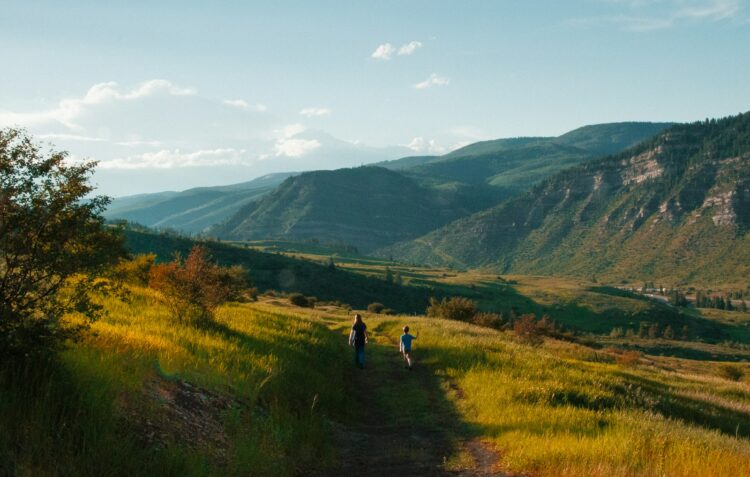
Colorado’s mountainous terrain is home to mountain lions, black bears, and rattlesnakes, making outdoor adventures potentially hazardous. Moose in Colorado are known for their unpredictability, especially during calving season. The state’s rivers and lakes also pose a risk, with venomous water moccasins occasionally spotted in the southern parts.
North Carolina
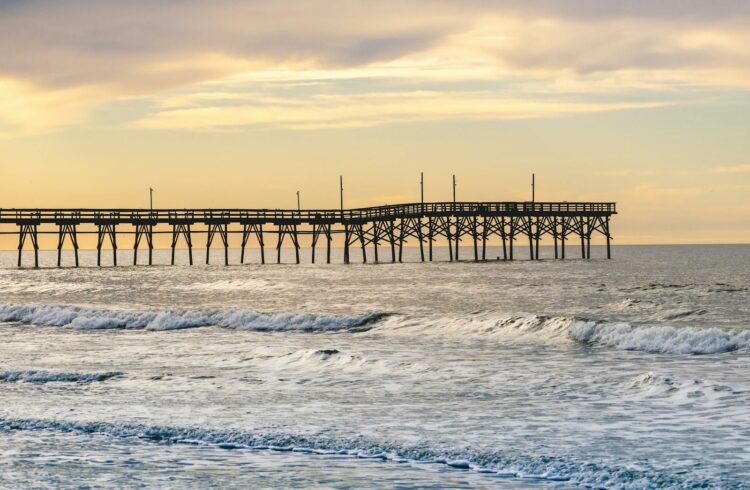
North Carolina is home to a variety of dangerous wildlife, including black bears, which are common in the western part of the state. The coastal regions are home to alligators and venomous snakes like the copperhead. The state’s waters are known for shark attacks, particularly along the Outer Banks, making it a risky spot for beachgoers.
Louisiana
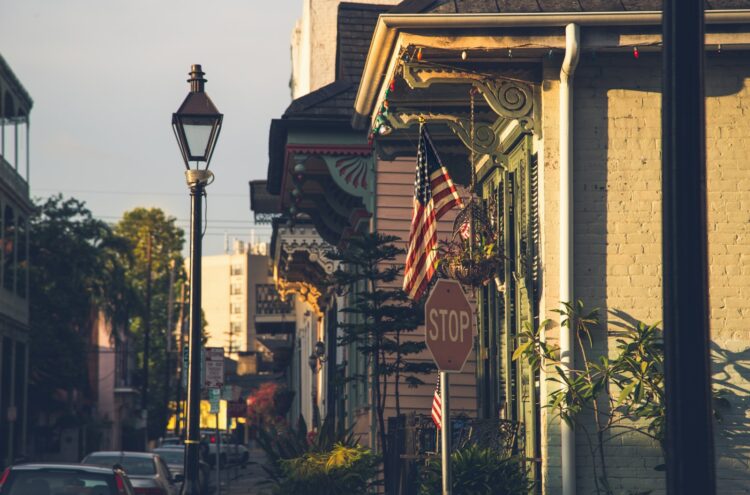
Louisiana’s bayous and swamps are teeming with alligators, which are a common sight and a frequent cause of concern for residents and tourists alike. The state is also home to venomous snakes such as cottonmouths and copperheads. Wild boars, which can be aggressive, roam the woodlands, and the state’s humid environment is perfect for mosquitoes carrying diseases like West Nile virus.
Mississippi
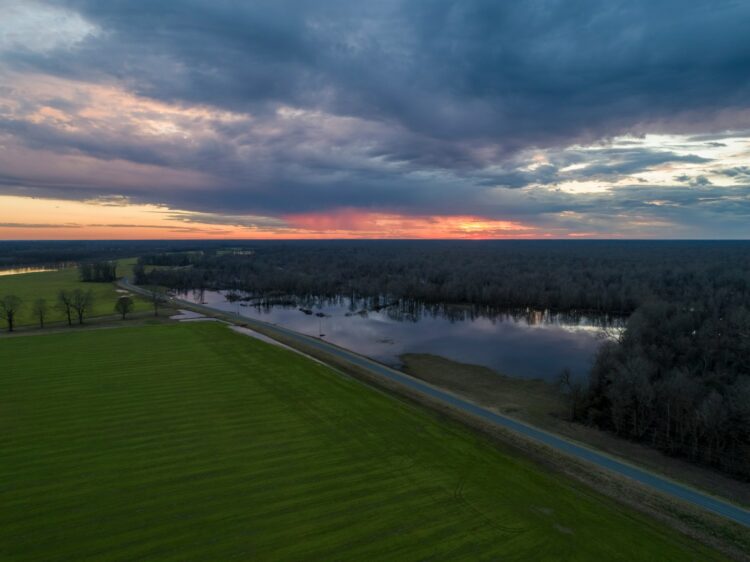
Mississippi’s wildlife is both diverse and dangerous. The state is home to alligators, venomous snakes, and wild boars. The Mississippi River also poses a threat with its large catfish, which can be aggressive. The state’s forests are also home to black bears, which are increasingly encroaching on human habitats.
South Carolina

South Carolina has its share of dangerous wildlife, particularly along its coastlines and in its forests. Alligators are common, especially in the Lowcountry. Venomous snakes, including rattlesnakes and copperheads, are prevalent in the state’s more rural areas. The coastal waters are known for sharks, and encounters with jellyfish are not uncommon.
Georgia

Georgia is a state where alligators and venomous snakes like the eastern diamondback rattlesnake and the cottonmouth thrive. Black bears are also found in the northern parts of the state, occasionally wandering into suburban areas. The state’s rural areas are home to wild boars, which can be aggressive when threatened.
Nevada
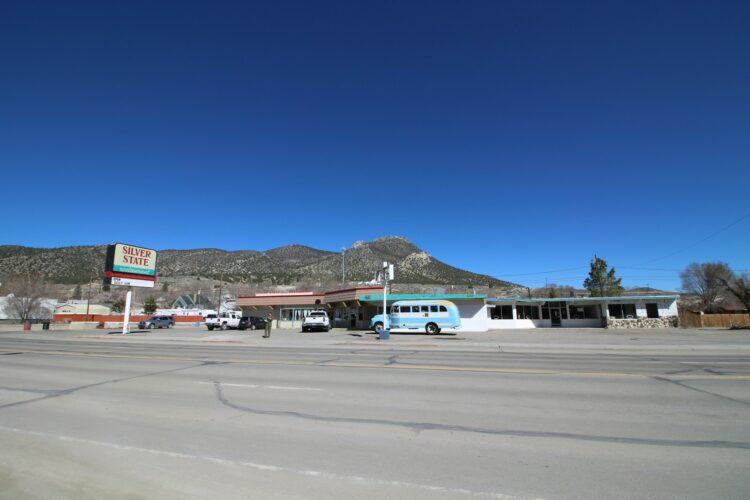
Nevada’s arid deserts are home to some of the most dangerous wildlife in the country. Rattlesnakes are widespread, and the state is also home to the Mojave green rattlesnake, one of the most venomous snakes in North America. Scorpions, particularly the Arizona bark scorpion, are a common threat in the state’s southern regions. Mountain lions also roam the more remote areas, posing a risk to hikers.
Oklahoma
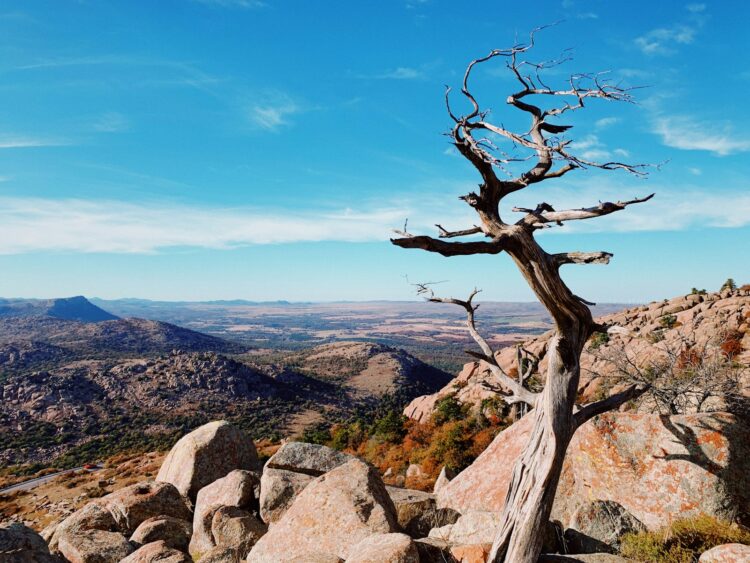
Oklahoma’s diverse ecosystems support a variety of dangerous animals. The state is home to venomous snakes like rattlesnakes and cottonmouths. Coyotes and bobcats are common, and while they typically avoid humans, they can become aggressive if cornered. The state’s rural areas are also home to wild boars, which are known for their aggressive behavior.

Comments
Loading…